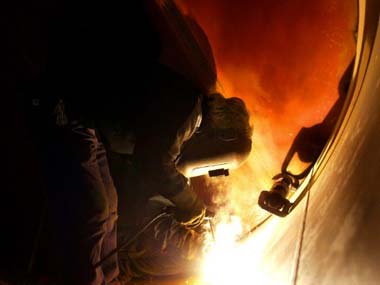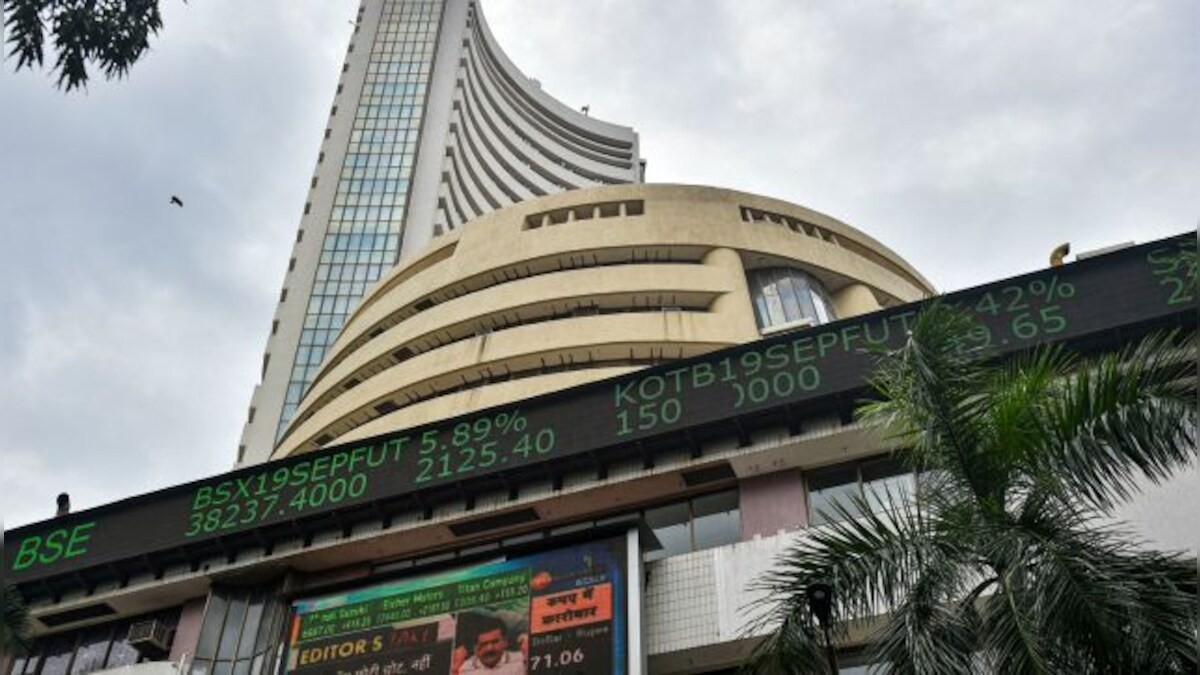The hike of 0.5 percent in interest rates on Tuesday would put Seshagiri Rao in a spot. He is talking to banks to negotiate a refinancing deal on the Rs 7,500 crore debt in Ispat Industries. JSW Steel acquired Ispat Industries in December 2010 for close to Rs 1,800 crore.
“As a result of the change in interest rates, negotiation with banks would take longer than expected,” Rao said.
JSW Steel reported a 64 percent jump in the net profit for the quarter ended June 2011 on the back of robust volume growth of 52 percent despite slowing demand and pressure on operating profit.
Production volume grew by 7 percent in crude steel, 9 percent in rolled flat products and 11 percent in rolled long products on a year on year basis. Operating profits (profit before interest, tax, depreciation and amortisation) also went up by 36 percent on a year on year basis.
The catch in the numbers is that Ispat Industries numbers are not included in the consolidated numbers of JSW Steel. The management says the numbers are not yet ready and will be out once the board is done with putting them together. Ispat had a debt of around Rs 7,500 crore on its book that JSW was supposed to refinance in nine months’ time. They thought they could bring down the interest cost by 3-4 percent.
But interest rates are not the same as they were six months back. JSW now expects to get the deals to be finalised with banks in few weeks time. They claim working capital loan interest rates have already been finalised while long term loans are what they are negotiating on currently. Seshagiri Rao, joint MD, JSW Steel, accepts that interest rates cannot come down to the level as planned during the time of acquisition.
They had made a three-point strategy while taking over Ispat. Firstly, distribution of steel had to be rationalised to bring down freight charges of delivering the product. Secondly, raw material integration had to be done to bring down the cost of raw materials, especially iron ore and coking coal. Third was the restructuring angle. With the final one gone for a toss, the first two have become all the more crucial for the company. For an investor, the backward integration of Ispat (linkage to raw materials) must be followed very closely.
The realisation from per tonne of steel has gone down to $ 184 per tonne from $ 211 per tonne in March 2011 quarter. Rao said the aim would be maintain a realization of $ 175 dollar per tonne for the whole year. The fall in realisation was mainly due to firm raw material costs of iron ore and coking coal. On the iron ore front, the company’s woes are far from over with only 12-13 mines in Karnataka being operational out of around 100. The company has already shifted its procurement to mines from Bellary and Chitradurga.
The Chile iron ore mines that the company had acquired have started shipment with 0.19 million tons of iron ore during the quarter and earned an operating profit of 11.53 million dollars. The company also got permission to start mining in the US coal mines and sold 9,000 tons of coal.
The US plate and pipe mill, which was hardly functioning has utilised 22 percent of its capacity this quarter and made profit at the operating level of 3.45 million dollars. However at net level, it still made a loss of 14 million dollars.
For steel prices to remain firm, the biggest concern always lay with China, the biggest producer and consumer of steel in the world. There is always a fear that China might decide to dump steel in other parts of the world, crashing the price for all steel makers. But Jayant Acharya, director, commercial, for the company sounded confident. He said China is shifting to a consumer-demand based approach in the 12th five year plan for their economy. While production has grown this year by 8 percent, consumption is up by 11 percent. However, the sluggish demand in the economy, and infra projects getting delayed in India in a rising rate scenario mean steelmakers cannot be at peace any time soon.
)
)
)
)
)